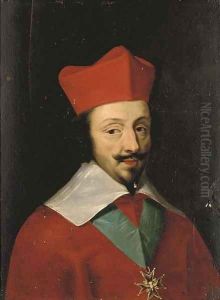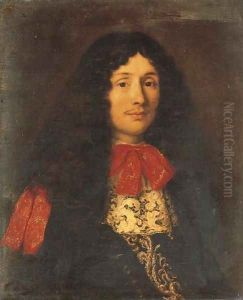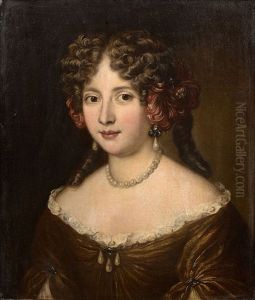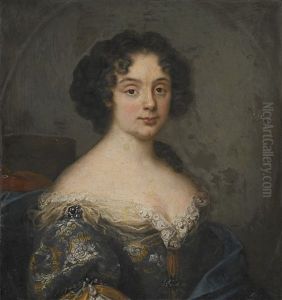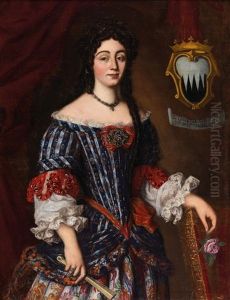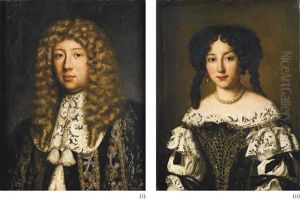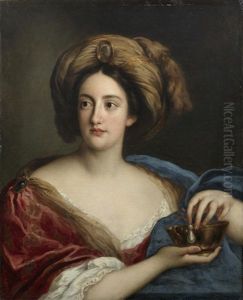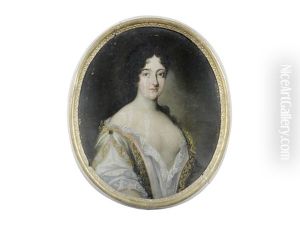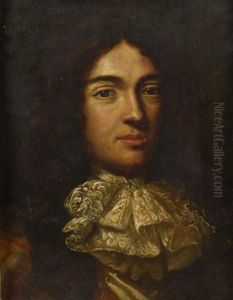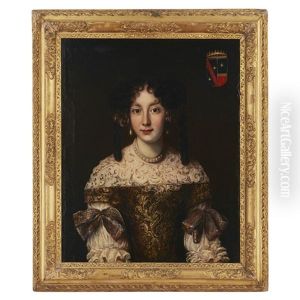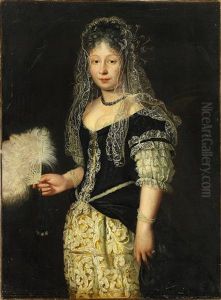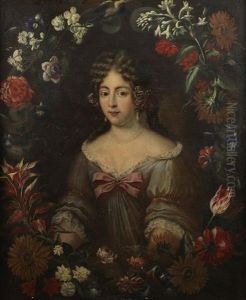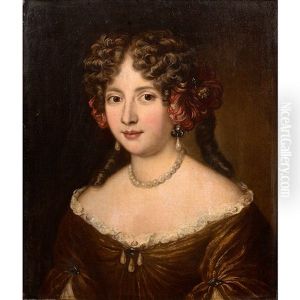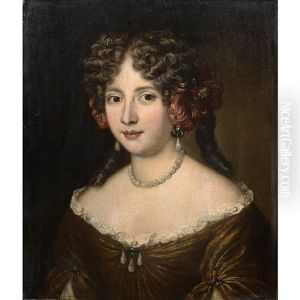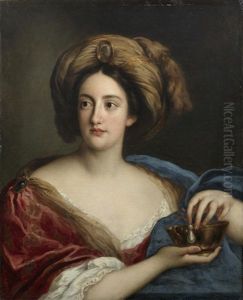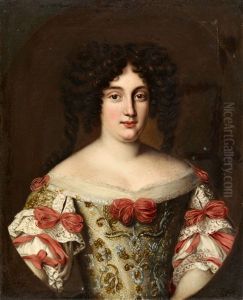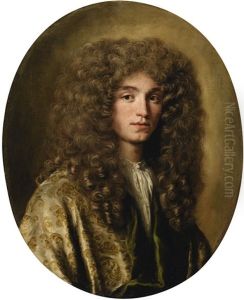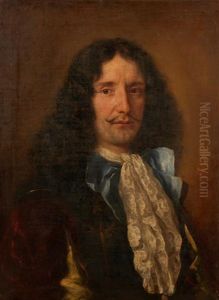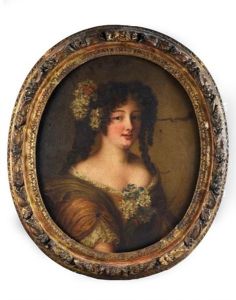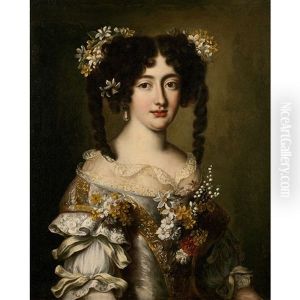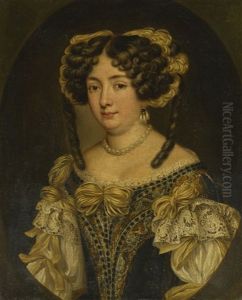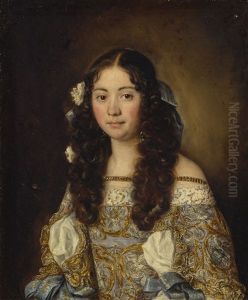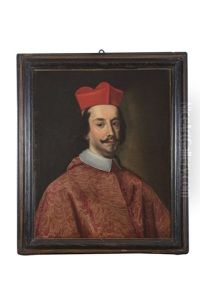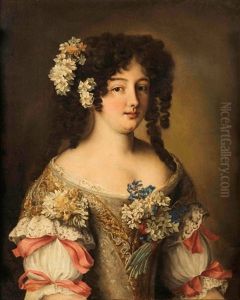Jakob Ferdinand Voet Paintings
Jakob Ferdinand Voet was a Flemish portrait painter who gained prominence in the 17th century. Born in Antwerp in 1639, Voet is known for his distinctive portraits of Italian aristocrats and European nobility, showcasing his unique ability to capture the elegance and opulence of his subjects. His artistic journey began in his hometown, but his talent soon took him beyond the borders of the Flemish region.
Voet's early life is somewhat shrouded in mystery, with little known about his training and initial influences. However, it is evident that he was part of the vibrant artistic scene in Antwerp, which was a major center for art and culture in the 17th century. Antwerp's influence on Voet's work is noticeable in his mastery of color and composition, hallmarks of the Flemish painting tradition.
In the mid-1660s, Voet moved to Italy, where he spent a significant portion of his career. He lived and worked in Rome and later in Turin, becoming a sought-after portraitist among the Italian nobility and the visiting European elite. His portraits were celebrated for their sophistication, capturing the intricate details of his subjects' attire and the subtleties of their expressions with remarkable realism. Voet's ability to portray the status and personality of his sitters made him a favorite among the high society, leading to numerous commissions.
Despite his success, Voet's time in Rome ended abruptly due to a scandal involving his portraits of women, which were considered too revealing by the Papal authorities. This controversy forced him to leave Rome around 1680, after which he moved to Turin. In Turin, he continued his work, focusing on portraits of the Savoyard nobility, until his death in 1689.
Jakob Ferdinand Voet's legacy is defined by his contribution to the art of portraiture. His works are characterized by their vivid realism, attention to detail, and the ability to convey the social stature and inner life of his subjects. Today, Voet's portraits are housed in numerous prestigious collections and museums across Europe, celebrated for their elegance and historical significance.
